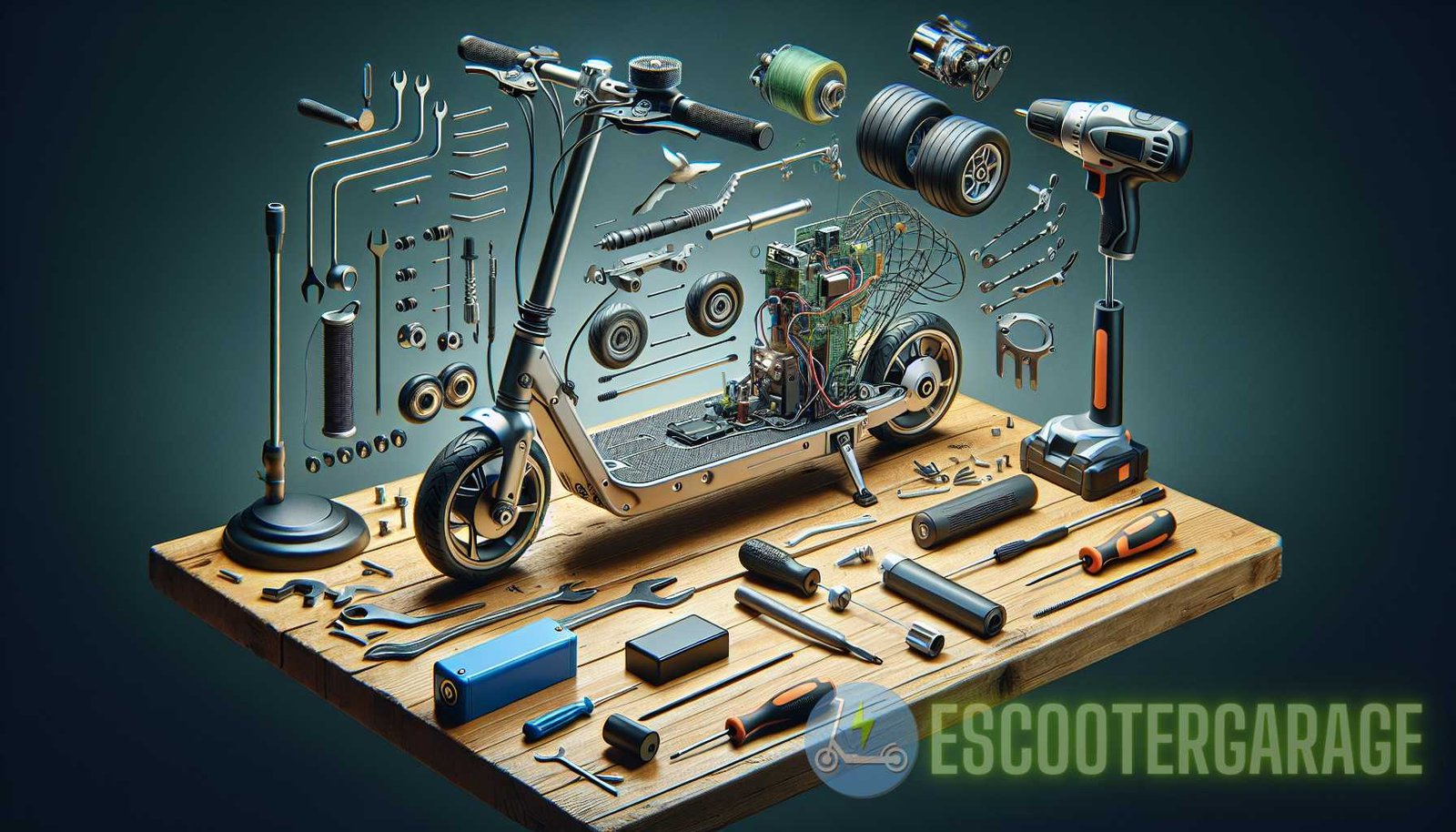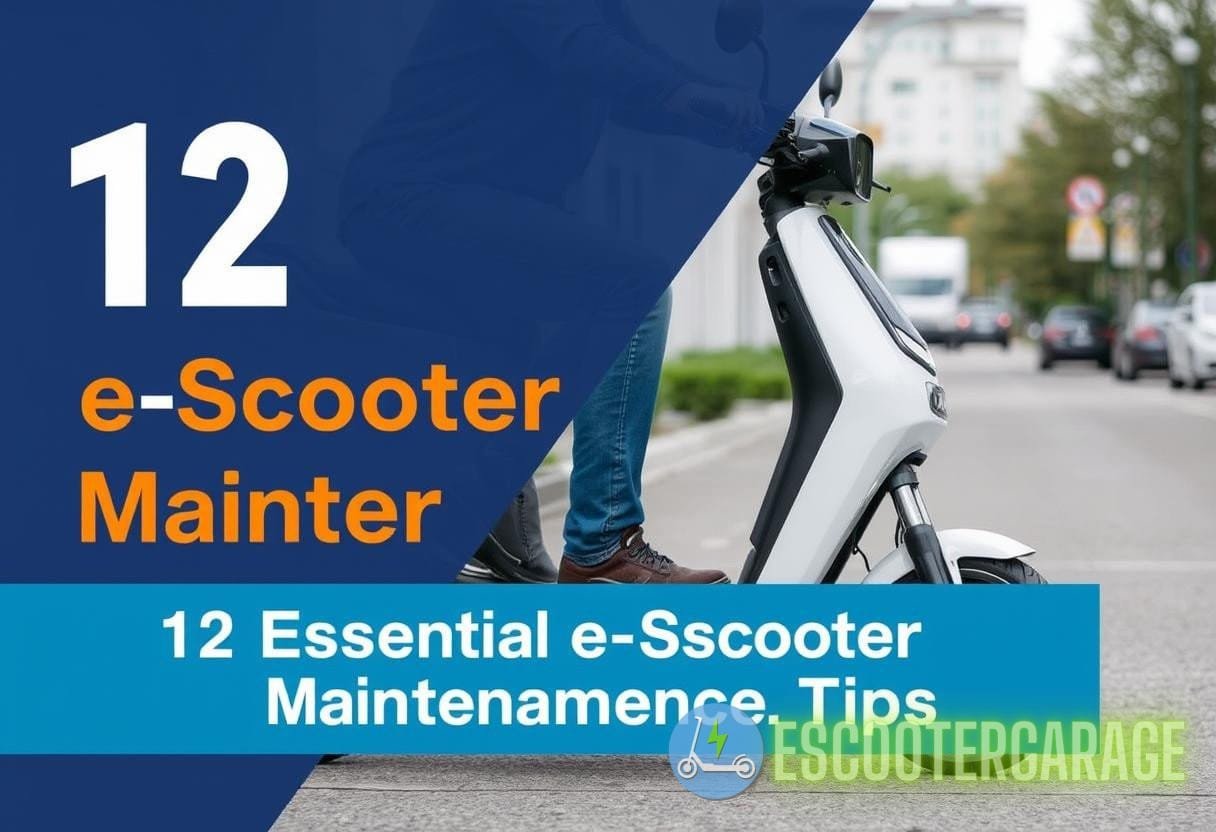Unleashing the Potential: Unraveling the Science Behind eScooter Component Upgrades for Optimal Repair Performance
Introduction
eScooters have become a popular mode of transportation in recent years, offering an eco-friendly and efficient way to navigate urban environments. As these vehicles become increasingly common on the streets, it’s important for riders and enthusiasts to understand the science behind eScooter component upgrades. By upgrading specific parts of an eScooter, riders can enhance performance, extend the lifespan of their vehicle, and ensure optimal repair performance. In this guide, we will delve into the intricacies of eScooter upgrades, examining the science behind these improvements and the benefits they bring to riders.
Section 1: Understanding the Basics of eScooter Upgrades

Section 2: Key Components to Upgrade for Optimal Performance
2.1 Batteries and Battery Management Systems – Upgrading the battery and battery management system can significantly improve an eScooter’s range and overall performance. – Lithium-ion batteries are commonly used in eScooters due to their high energy density and longer lifespan. – Battery management systems regulate and optimize the charging and discharging process, ensuring maximum efficiency. 2.2 Motors and Motor Controllers – Upgrading the motor and motor controller can have a substantial impact on an eScooter’s speed, acceleration, and torque. – High-quality motors with advanced control systems can provide a smoother and more responsive riding experience. 2.3 Brakes and Brake Systems – Upgrading the brakes and brake systems is essential for rider safety and control. – Disc brakes are widely considered superior to drum brakes due to their better stopping power and heat dissipation capabilities. 2.4 Tires and Suspension – Upgrading the tires and suspension can greatly improve an eScooter’s stability, handling, and comfort. – High-quality pneumatic tires offer better shock absorption and grip, while suspension systems absorb vibrations and bumps. 2.5 Lighting and Signals – Upgrading the lighting and signaling systems is crucial for visibility and safety, especially during low-light conditions. – LED lights are energy-efficient and provide better illumination compared to traditional incandescent lights.Section 3: How to Upgrade eScooter Components for Optimal Repair Performance
3.1 Research and Consultation – Before embarking on eScooter upgrades, it is important to research and consult with experts or experienced riders. – Understanding the compatibility between different components and the specific needs of your eScooter is vital to ensuring successful upgrades. 3.2 Choosing the Right Components – When selecting components to upgrade, consider factors such as compatibility, quality, and performance. – Look for reputable brands and read reviews to make informed decisions about which components will best suit your needs. 3.3 Proper Installation and Maintenance – Upgrading eScooter components requires proper installation and regular maintenance. – Follow manufacturer guidelines and consult repair guides for step-by-step instructions to ensure correct installation and optimal performance. 3.4 Post-upgrade Testing and Troubleshooting – After upgrading components, it is essential to test the eScooter’s performance and troubleshoot any issues that may arise. – Consult repair guides, such as the ones available at [internal link 1] and [internal link 2], for information on post-upgrade testing and troubleshooting.Section 4: Benefits of eScooter Upgrades
4.1 Improved Performance – Upgrading key components enhances an eScooter’s speed, range, acceleration, and handling, providing a superior riding experience. 4.2 Extended Lifespan – Upgrades can prolong an eScooter’s lifespan by replacing worn-out parts and maintaining peak performance. 4.3 Enhanced Safety – Upgrading brakes, lighting, and signaling systems improves rider safety by increasing visibility and control. 4.4 Cost-effectiveness – Upgrading selected components can be a cost-effective solution compared to purchasing a new eScooter. 4.5 Personalization and Customization – Upgrading allows riders to personalize and customize their eScooters according to their unique preferences and needs.
Conclusion
eScooter upgrades offer a wide range of benefits, from improved performance and extended lifespan to enhanced safety and cost-effectiveness. By understanding the science behind these upgrades and following proper installation and maintenance procedures, riders can unleash the full potential of their eScooters. Upgrading key components such as batteries, motors, brakes, and tires can take an eScooter to new levels of performance and provide a personalized and satisfying riding experience. So, whether you’re a seasoned rider or new to the eScooter community, consider exploring the world of eScooter upgrades and optimize your ride.
For further insights and detailed information on eScooter tune-ups and fixes, refer to the comprehensive articles available at [internal link 1] and [internal link 2].
External link: To learn more about the science behind lithium-ion batteries, please visit [current external link]


